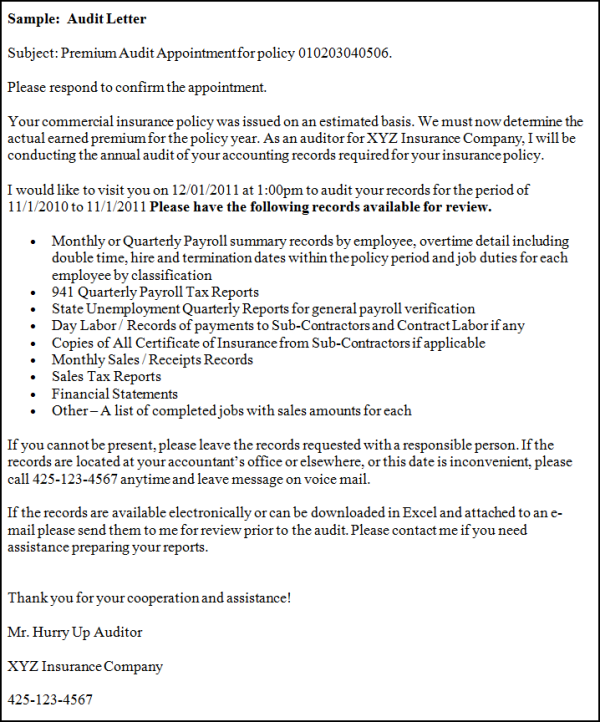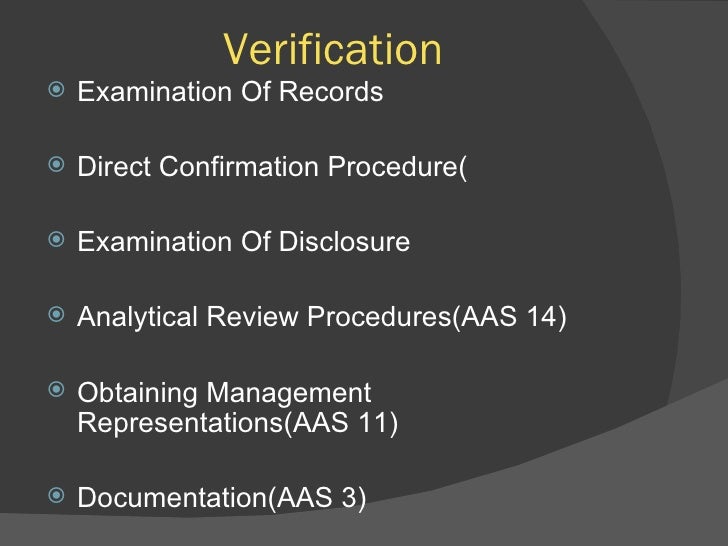How To Audit Liabilities
Click here to see an overview of the risks and audit procedures. Expenses; Search for unrecorded liabilities; Auditing for accounts payable and expense fraud. Directional Risk for Accounts Payable and Expenses. The directional risk for accounts payable and expenses is an understatement. So, in performing your audit procedures, perform procedures to ensure that invoices are properly included. For example, perform a search for unrecorded liabilities (explained below).
How To Audit Accrued Liabilities
The concept of accruals is easier to understand when you consider how you personally get paid. Regardless of how often a company pays its employees, paychecks are usually in arrears.Here’s a typical scenario: You’re paid every two weeks with two weeks in arrears. A paycheck with a date of October 15 is for work you did from September 16 to September 30. Companies pay this way mostly because doing so is easier. It gives the payroll clerks two weeks from receiving the timecards to enter payroll items, investigate any weird reporting, run paychecks, and get them signed (or, in the case of electronically paid employees, get the payroll amounts approved).When you start a new job, you normally have to wait a pay cycle to get your first paycheck.
How To Audit Accrued Liabilities
.Part of thebook series (GFM) AbstractLike other professionals such as physicians and architects, auditors are liable both civilly and criminally. Civilly, an auditor can be found liable either under the common law or a statutory law liability. Common law liability arises from negligence, breach of contract, and fraud.


Statutory law liability is the obligation that comes from a certain statute or a law which is applied to society. The scope of both common law liability and statutory liability has been expanded to include certain third parties, mainly the foreseen or foreseeable users of audited financial statements. Also, a lawsuit in a state court provides greater protection than the one brought before the federal court.
